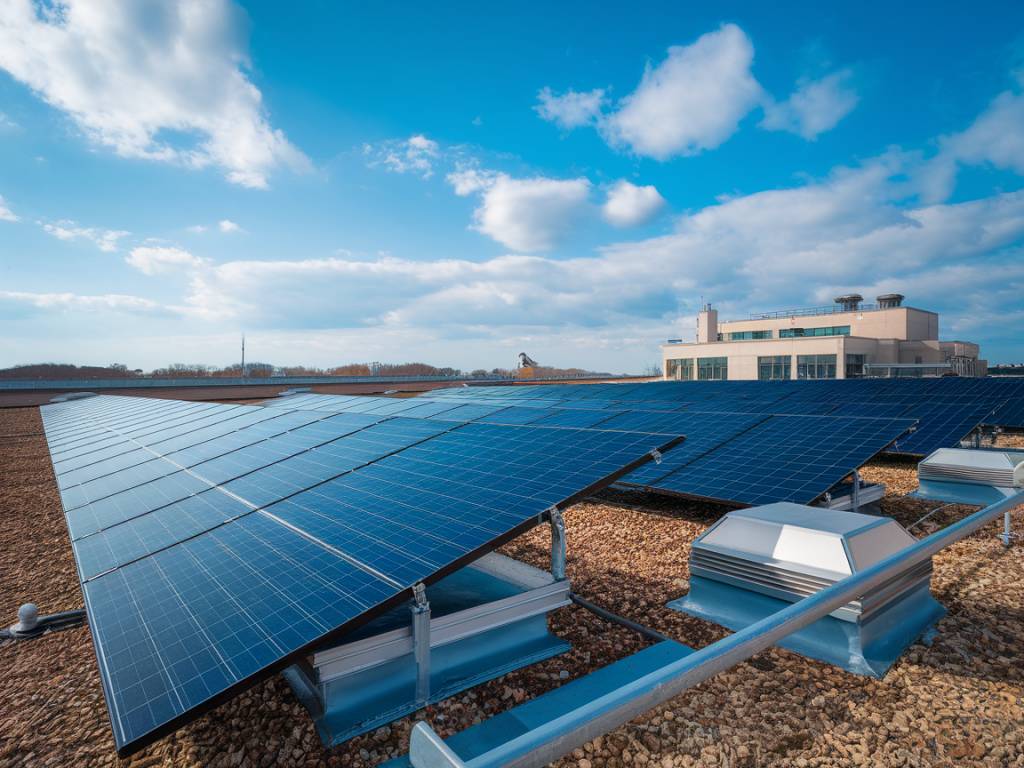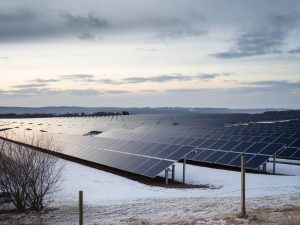The environmental impact of solar energy
Solar energy has gained significant traction in recent years as a sustainable and renewable energy source. As climate change concerns heighten, understanding the environmental impact of solar energy becomes crucial. This article delves into various aspects of solar energy’s environmental footprint, including manufacturing processes, land use, water consumption, and waste management.
Life Cycle Analysis of Solar Panels
Life cycle analysis (LCA) is a method used to evaluate the environmental impacts of a product from its creation to its disposal. For solar panels, this encompasses raw material extraction, manufacturing, transportation, installation, maintenance, and end-of-life disposal. By considering each stage, we can better understand the overall impact of solar energy. Generally, despite the initial energy input required for manufacturing, solar panels offset their carbon emissions within one to four years of operation depending on the type and location.
Material Sourcing and Manufacturing
The initial stages of producing solar panels involve mining for raw materials such as silicon, silver, and aluminum. These materials require substantial energy to extract, often from non-renewable sources. Silicon production, in particular, is energy-intensive, although advances in photovoltaic technology are making the process more efficient. Additionally, the use of hazardous chemicals during manufacturing poses risks to the environment and factory workers if not managed properly.
Innovations in solar technologies, like thin-film solar cells that use cadmium telluride or copper indium gallium selenide, aim to reduce material usage and increase energy conversion efficiency. These advancements may influence the environmental impact of future solar energy systems.
Energy Payback Time and Carbon Footprint
Energy Payback Time (EPBT) refers to the amount of time a solar panel needs to generate the energy equivalent to what was expended in its production. The shorter the EPBT, the quicker the panel becomes a net positive in terms of energy. Typically, solar panels have an EPBT ranging from one to four years. Considering their lifespan of 25-30 years, their overall environmental benefit is substantial.
The carbon footprint of solar energy is considerably less than that of fossil fuels. Over their lifetime, solar panels produce significantly less CO2 per kilowatt-hour of electricity generated. Given the current data, solar energy systems emit around 20-60 grams of CO2 per kWh, whereas coal plants emit about 950 grams per kWh.
Land Use and Ecosystem Impact
Large-scale solar farms require considerable land, which can lead to habitat disruption and landscape alteration. However, solar installations on non-agricultural lands, rooftops, and urban areas can mitigate these impacts. Dual-use land strategies, such as agrivoltaics where solar panels coexist with agricultural activities, have shown promise in maximizing land utility while minimizing ecological disturbance.
Interestingly, solar farms can create microhabitats which benefit certain plant and animal species. Establishing native vegetation around solar arrays can foster biodiversity and make these sites more environmentally friendly.
Water Consumption in Solar Energy Production
Water is crucial in the energy sector, especially for cooling purposes in fossil fuel and nuclear power plants. Comparatively, solar energy has a much lower water footprint. Photovoltaic (PV) systems require minimal water for cleaning and maintenance, making them well-suited for arid regions. Concentrated Solar Power (CSP) systems, which use mirrors to focus sunlight to generate thermal energy, do involve substantial water use for cooling, though dry cooling technologies are becoming more prevalent and can reduce water consumption significantly.
Waste Management and Recycling
As solar panels reach the end of their lifecycle, managing the waste generated becomes critical. Current solar panel recycling rates are low but are expected to improve as the first generation of panels installed in the early 2000s reach their end-of-life. Proper recycling can reclaim valuable materials such as silicon, silver, and aluminum, reducing the need for fresh mining activities.
Efforts are underway to establish procedures and policies for efficient solar panel recycling. Companies and governments are recognizing the importance of a circular economy to handle the influx of decommissioned panels. Enhanced regulations and technological advancements in recycling processes will be essential to addressing this aspect of solar energy’s environmental impact.
Comparative Perspective: Solar Energy vs. Other Energy Sources
When comparing solar energy to other forms of renewable and non-renewable energy, solar energy consistently shows a lower environmental footprint. Wind and hydroelectric power are also low-impact options but come with their unique challenges, such as visual and noise pollution for wind, and large-scale ecological disruption for hydro. Bioenergy, while renewable, often involves significant land and water use and can generate emissions during combustion.
On the other hand, conventional fossil fuel-based energy sources are significantly more harmful to the environment. Coal, natural gas, and oil combustion result in high CO2 emissions, air pollutants, and often extensive land and water degradation due to extraction processes.
Incentives and Regulatory Framework
Governments worldwide are implementing incentives and regulations to promote solar energy adoption and mitigate its environmental impacts. Subsidies, tax credits, and feed-in tariffs are common incentives that lower the financial barriers for residential and commercial solar installations. By establishing robust regulatory frameworks, governments can ensure that solar energy development aligns with environmental conservation goals.
Programs like the European Union’s Green Deal and the United States’ Investment Tax Credit (ITC) have sparked significant growth in the solar sector. These policies not only facilitate the widespread adoption of solar energy but also encourage innovation in sustainable practices within the industry.
The Future of Solar Energy and Environmental Sustainability
The future of solar energy appears promising with continuous advancements in technology and growing global commitment to sustainability. Innovations in energy storage, like batteries and other storage methods, will enhance the efficiency and reliability of solar power. Additionally, emerging solar technologies, such as perovskite solar cells and solar skins, offer potential for higher efficiency and new applications.
The integration of smart grid technologies will allow for better management of solar energy by balancing supply and demand more effectively. Moreover, decentralized solar systems, including community solar projects and microgrids, can democratize energy access while reducing transmission losses.
Public awareness and education play a crucial role in accelerating the transition to renewable energy sources. Individuals and organizations informed about the benefits and potential impacts of solar energy are more likely to support and invest in sustainable energy solutions.
In summary, while solar energy is not free from environmental impacts, its benefits far outweigh the drawbacks compared to conventional energy sources. Through continuous innovation and responsible practices, solar energy holds great potential to drive global sustainability efforts forward.





